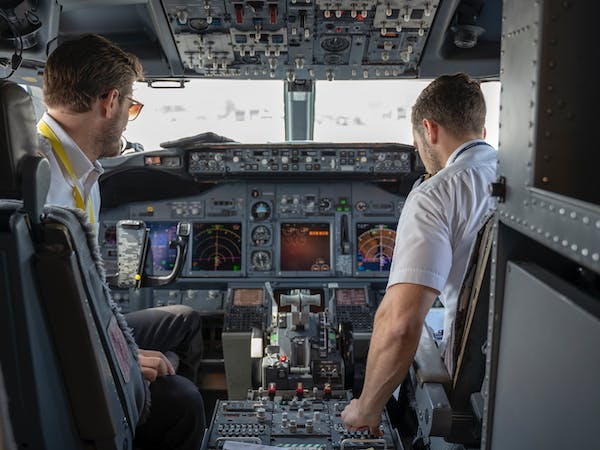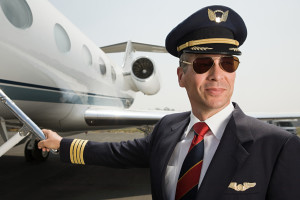 Flying an aircraft demands absolute precision, unwavering focus, and split-second decision-making. Pilots are entrusted with the lives of their passengers and the safety of the aircraft, making their responsibilities unparalleled. However, amid the high-stress environment and demanding schedules, some pilots grapple with a silent adversary: substance abuse.
Flying an aircraft demands absolute precision, unwavering focus, and split-second decision-making. Pilots are entrusted with the lives of their passengers and the safety of the aircraft, making their responsibilities unparalleled. However, amid the high-stress environment and demanding schedules, some pilots grapple with a silent adversary: substance abuse.
The perils of substance abuse for pilots extend far beyond the individual; they pose a significant risk to passengers, crew members, and the general public. Unlike many professions, where a lapse in judgment might result in a minor error, the consequences of impaired flying can be catastrophic.
One of the primary concerns with substance abuse among pilots is impaired cognitive function and compromised judgment. Whether it’s alcohol, prescription drugs, or illicit substances, these impairments can severely impact a pilot’s ability to operate an aircraft safely. Even minimal impairment can lead to critical errors during takeoff, flight, or landing, increasing the likelihood of accidents.
Moreover, substance abuse can compromise a pilot’s physical coordination and motor skills, which are crucial for managing complex flight maneuvers and emergency situations. The effects of certain substances can persist for hours or even days, heightening the risk of impairment during subsequent flights.
Beyond the immediate risks to flight safety, substance abuse among pilots can have far-reaching consequences for their careers and livelihoods. The Federal Aviation Administration (FAA) maintains strict regulations regarding drug and alcohol use among pilots, with a zero-tolerance policy for on-duty impairment. Pilots found to be under the influence of drugs or alcohol can face severe penalties, including the revocation of their pilot’s license and legal ramifications.
Additionally, substance abuse can have a detrimental impact on a pilot’s mental health and overall well-being. The pressures of the profession, coupled with the stigma surrounding addiction, can lead to feelings of isolation, shame, and reluctance to seek help. Without proper support and intervention, pilots may spiral further into addiction, exacerbating the risks to themselves and others.
Addressing substance abuse among pilots requires a multifaceted approach that prioritizes prevention, education, and support. Airlines and aviation authorities must implement robust drug and alcohol testing programs to detect and deter substance abuse. These programs should be accompanied by comprehensive education initiatives aimed at raising awareness about the dangers of substance abuse and promoting a culture of safety and responsibility.
Furthermore, pilots struggling with substance abuse must have access to confidential support services and treatment options. Confidentiality is crucial in encouraging pilots to seek help without fear of professional repercussions. Rehabilitation programs tailored to the unique needs of pilots can provide the necessary tools and resources for recovery while addressing the underlying factors contributing to addiction.
Ultimately, the aviation industry must recognize the prevalence of substance abuse among pilots and take proactive measures to mitigate its impact. By fostering a culture of transparency, accountability, and support, we can safeguard the skies and ensure the safety of all those who depend on air travel.






